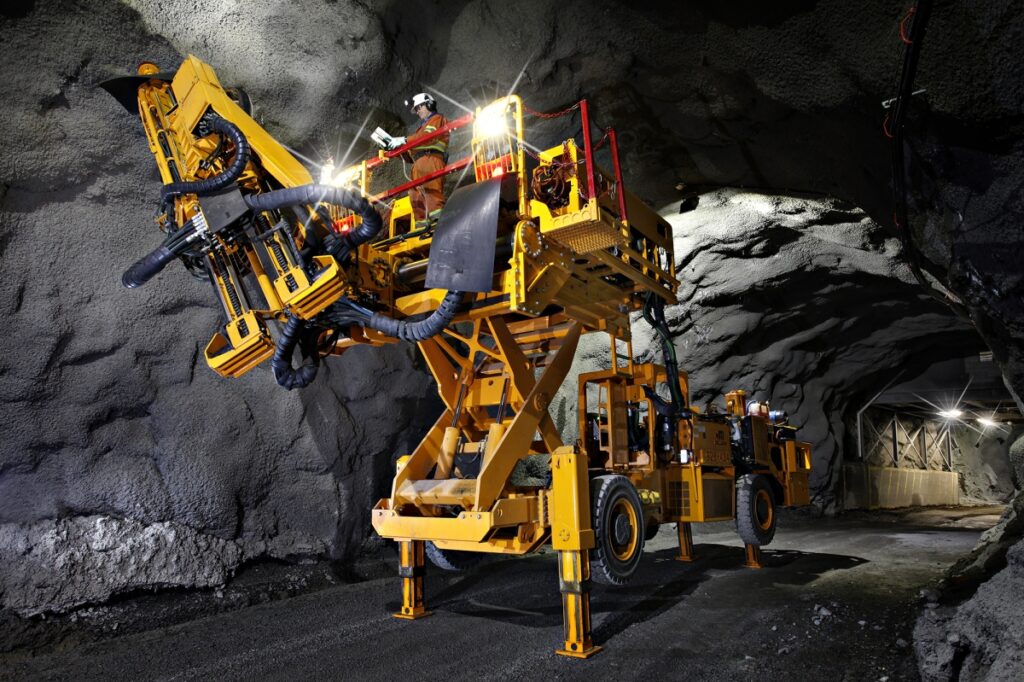One of Oscar Wilde’s many famous lines is that a cynic knows the price of everything but the value of nothing. I’ll use that to segue to the subject of EV (electric vehicle) mining, top of mind for many of us in the industry right now with construction starting on the greenfield Borden project, Goldcorp’s all-electric mine (by production stage) outside of Chapleau, Ontario, and two key, diesel-free underground projects in Glencore’s project pipeline for the Sudbury area – Onaping Depth and Nickel Rim Deep.
The drivers pushing mining companies to seriously look at the EV transition are worth repeating because they encompass such a broad range of benefits – reduced ventilation requirements (30-50% less) and associated energy costs, elimination of diesel fuel costs (tens of thousands of dollars per EV unit, per year), reduced maintenance costs (some 25% fewer parts on EV propulsion vs. diesel propulsion rigs), elimination of diesel fine particular matter in the underground environment, and last but definitely not least – less noise, vibration and heat for miners operating the equipment underground.
So quantifying the cost savings of EV vs. diesel should be easy, right? Weighing the upfront capital premium of battery units against the projected operational savings of these EV units over their lifecycle seems straightforward, but like all stats the math is loaded with a range of assumptions and variables that shift the outcome of the fairly simple question.
For the MacLean range of specialty mobile mining equipment, you can plug in a number of conservative assumptions for annual working hours, unit-specific utilization, availability and duty cycles; EV vs. diesel ventilation requirements; electricity cost; mine air cooling and heating costs; distributed diesel fuel cost; and, average labour rates on regular maintenance…and pretty quickly ring up an average annual savings per unit in the $150,000 range.
Of course, you increase or decrease any one of these input parameters and you can move the needle up or down on the overall EV savings projection. But whatever assumptions you build your model out with, once you start stacking multiple EV units in a fleet, the overall, recurring savings start to add up. The below table models a five-unit fleet of MacLean EV units (one bolter, one scissor lift, two cassette trucks, one boom truck), based on the work of my colleagues Kevin O’Halloran and Anthony Griffiths:

So using a 140% capital pricing assumption for EV equipment, a high-tramming unit like a battery boom truck can make up the premium within the first few years of its commissioning. And it delivers those cost savings while improving underground air quality as well as operator comfort, benefits that speak for themselves but aren’t as easy to quantify in a cost savings modeler. But I would argue that they will be THE reason that the question ‘to EV or not to EV’ won’t solely rest, in the long run, on the operational costs savings question – it will be based as much on workers’ expectation that the diesel-free mine should be the new normal.
Join the Buzz at CIM 2017
I will be speaking at the CIM Convention in Montreal with my colleague Anthony Griffiths, MacLean’s Fleet Electrification product manager, as part of an all-electric mine-themed session with Glencore’s INO’s Craig Harris and Iamgold Westwood’s Ramy Kamaneh. If you’re going to be at the convention, please stop by the panel discussion (Tuesday, May 2nd at 2 p.m., Room 513E), or the MacLean booth (1022) on the trade show floor, and we can run the operational cost savings numbers specific to your mine design and input cost structure.
For more information:
Stuart Lister
slister@macleanengineering.com
Director of Marketing & Communications
705-241-3247 (c)


